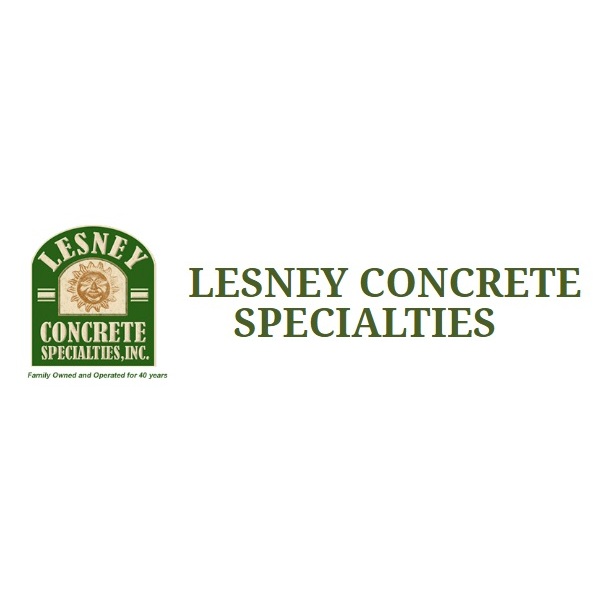In comparison to aluminum, steel, and glass, concrete uses a fraction of the energy needed to create those other comparable building material. Concrete is also naturally fire-resistant which adds to its value.
Did you know that our cultured stone products are designed to tolerate all types of weather conditions? Even better, the color will not fade or deteriorate due to continuous exposure to UV light or moist conditions.
The bottom line is, mixing concrete on site can be a real hassle, as it requires extra labor and equipment, as well as a supply of clean water. A great way to simplify the process is by having ready mix concrete delivered instead.
Concrete can be polished using either wet or dry methods. Although both methods have their own advantages, dry polishing is often preferred because it’s faster, convenient, and friendlier to the environment.
Did you know that concrete gets stronger as it ages? Environmental hazards can still weaken it, however, such as weather, interaction with chemicals, and interference by tree roots, to name a few.
You may have seen taut string around the perimeter of a new concrete patio or driveway installation. The string acts as a layout and leveling guideline. In installation parlance, it's referred to as a "screed."
When masons talk of workability of mortar or grout, there is no standardized definition, and many times it is a matter of personal preference. However, when these products are considered “workable” it is because they are plastic (conforms to the surface) and smooth, they stick to vertical surfaces and are easy to work with a trowel.
One of the biggest advantages of ready mix concrete is the increased efficiency that it offers. The ratio and mixing process is tightly controlled so there’s less wasted materials. Since the concrete is only delivered when you need it, there’s less storage costs, too.
Although 95 percent of the curing process for a typical concrete project will take place in the first month or so, that final 5 percent can take weeks or months. When dealing with a load bearing-project like a new driveway, pay close attention to the curing related use limitations spelled out in the project guidelines.
Have you been thinking that the building you’re creating is too special to have plain concrete sidewalks? Let us help you find complementary paving bricks to enhance the building’s beauty.
Stone masonry is often manufactured locally and ready for quick delivery. As a matter of fact, it’s best when designing masonry into your landscaping or architecture, to use materials native to the area. This creates a natural connection to the land giving your next project character and depth.
When you use transportation at all, you will experience concrete during your journey whether its with a car, train or bus. Concrete is used for bridges, sidewalks, roads, and curbs.
Although concrete pavers are sometimes referred to as cement pavers, that term is a bit misleading as cement is not the only ingredient in the pavers. In fact, sand, aggregate, and water are also used to make the pavers.
Did you know that blended cement inhibits sulfate attack found in many alkali-aggregate reactions? In fact, because blended cement has a lower clinker content, this gives blended cement a lower CO2 footprint, making it more sustainable and better for the environment.
If your pour will put fresh concrete up against an old concrete structure, it is a good practice to place a quarter to a half-inch thick strip of expansion felt against the old surface before pouring.
When purchasing ready mixed concrete, let your supplier know the anticipated exposure and service conditions of the concrete once it’s in place. This way you’ll be sure that you have a material strong enough for the application.
Did you know concrete is normally produced locally from abundant natural resources? Concrete can be made with reclaimed industrial materials that would otherwise burden landfills. Recycled materials in concrete reduce CO2 emissions. At the end of a concrete building or pavement’s usable life, concrete can be recycled.
The consistency of concrete is typically 60 to 75 percent aggregate, which is typically gravel and sand, 15 to 20 percent water, 10 to 15 percent cement, and around 5 to 8 percent of air.
MESSENGER
Lesney Concrete Specialties updated their business hours.
MESSENGER
Lesney Concrete Specialties updated their business hours.
There are actually three different types of concrete blocks: solid, hollow, and interlocking. Solid concrete blocks are generally 55 percent solid, while hollow blocks are 25 percent solid. Interlocking blocks make stacking easier.
Shrink mixed concrete is used to increase the load capacity of the truck and retain the advantages of transit mixed concrete. Concrete is partially mixed at the plant to reduce the volume of the mixture with shrink mixed concrete. Mixing is done in transit or at the jobsite.














